
With this resource, students are going to have the opportunity to design and build a bridge to support a load
- Subject:
- Science
- Material Type:
- Activity/Lab
- Provider:
- Utah Education Network
- Author:
- Utah Lesson Plans
- Date Added:
- 02/26/2019

With this resource, students are going to have the opportunity to design and build a bridge to support a load

With this resource, students will set up their own experiment to test the impact of mass on gravity.

In this activity, the goal will be to package a raw egg into a container of no more than 30 cm x 30 cm in size. The egg-filled container will be launched into the air and return to Earth.
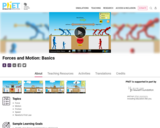
Sample Learning Goals
Identify when forces are balanced vs unbalanced.
Determine the sum of forces (net force) on an object with more than one force on it.
Predict the motion of an object with zero net force.
Predict the direction of motion given a combination of forces.
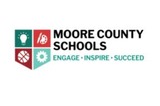
This project applies the concepts of Friction, Gravity, Newton's Laws, Potential and Kinetic Energy, Speed, Distance vs. Time Graphs, and integrates them into a culminating project. Students work in pairs to create a marble run using basic classroom supplies and a standard tri-fold board. The goal is to create a marble run that takes as long as possible for the marble to complete without getting stuck. The project includes a data analysis section and a content questions component. There is also a scoring rubric included. The standards that this project covers can be found on the final page of the document. No special materials or tools are necessary.
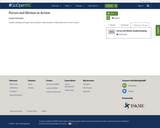
Guided reading and tug of war activity to help students understand forces and motion.

In this STEM lesson, students follow the engineering design process to design and build a crane out of cardboard. They will determine methods to reinforce the crane's arms so it doesn't collapse under a heavy load. This activity is based on Robotics applications.

In this STEM lesson, students use balloons to demonstrate concepts applied by jet and rocket engines to supply thrust for movement. They will observe how unequal pressure creates power, explain how air power can help airplanes fly, and construct a working model of an air engine-balloon-powered rocket to launch the greatest payload possible to the classroom ceiling.

Students will construct a CD hovercraft and apply Newton's Laws of Motion to make them work. They will also investigate how hovercraft reduce friction, learn how the technology is used in training astronauts for space missions, and design their own hovercraft competitions.
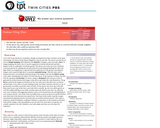
Students view a video and participate in discussion to explain the phsyics behind bungee attractions such as the ejector seat ride.

In this investigation, students will learn that speed, velocity, and changes in velocity are the result of the action of forces on objects such as friction. Students will construct a simple, balloon powered car and race it on three different surfaces. Students will analyze their car's performance, identify design flaws and apply knowledge to improve their car. They will also graph class results for each of the three surfaces.

In this activity, students will study speed, measure and record time and distance, then graph results.
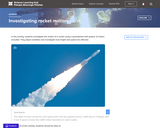
Students investigate the motion of a rocket using a spreadsheet with graphs of motion included. They adjust variables and investigate how height and speed are affected.
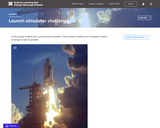
Students use a rocket launch simulation. They change variables such as thrust to make a rocket go as high as possible.

In this STEM lesson, students will construct three different kite models and predict the most effective design. They will design and test an aircraft given several parameters and explain how early flight was influenced by kites. This lesson uses the online NASA CONNECT: The "Wright" Math Educator Guide and the NASA Aeronautics Activity Guide; and the Sled Kite activity to help students learn how the Wright brothers developed controllable aircraft by understanding, constructing, and testing different designs.

In this lesson, students will explore, observe, and infer about the properties and behaviors of magnets by conducting their own experiments with magnets. Students will plan and design a magnetic levitation device using the engineering design process.
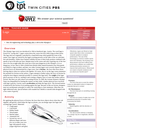
Students learn about the phsyics behind the Olympic luge event. In an associated activity, students will design and build super fast luges and exciting luge courses to investigate forces and friction. Students will run several time trials and collect and record data, then graph the results.

This video describes and demonstrates Newton's three laws of motion, including footage of demonstrations conducted in space.
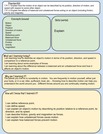
Look at this slide deck to find some ideas for implementing engaging instruction about forces, motion, and the relationship between them.

This is the educator's guide for a set of activities that teach students about humans' endeavors to return to the moon. The emphasis is for students to understand that engineers must "imagine and plan" before they begin to build and experiment. Each activity features objectives, a list of materials, educator information, procedures, and student worksheets. Students should work in teams to complete the activities. Note: Activities do not align to all objectives that are listed; specific activities align to specific objectives.